Guide To Buying Weightlifting Straps
If you’re someone who lifts heavy or trains to failure, you understand the importance of wrist straps. Wrist Straps let you pull more weight by reducing the use of your forearms during the movement and redirecting the weight to your back. Thus, preventing any secondary muscles from giving up before the targeted muscle reaches failure.
Product Comparison Table
What To Look for
31/03/2020
Lasso vs. Single Loop vs. Figure 8
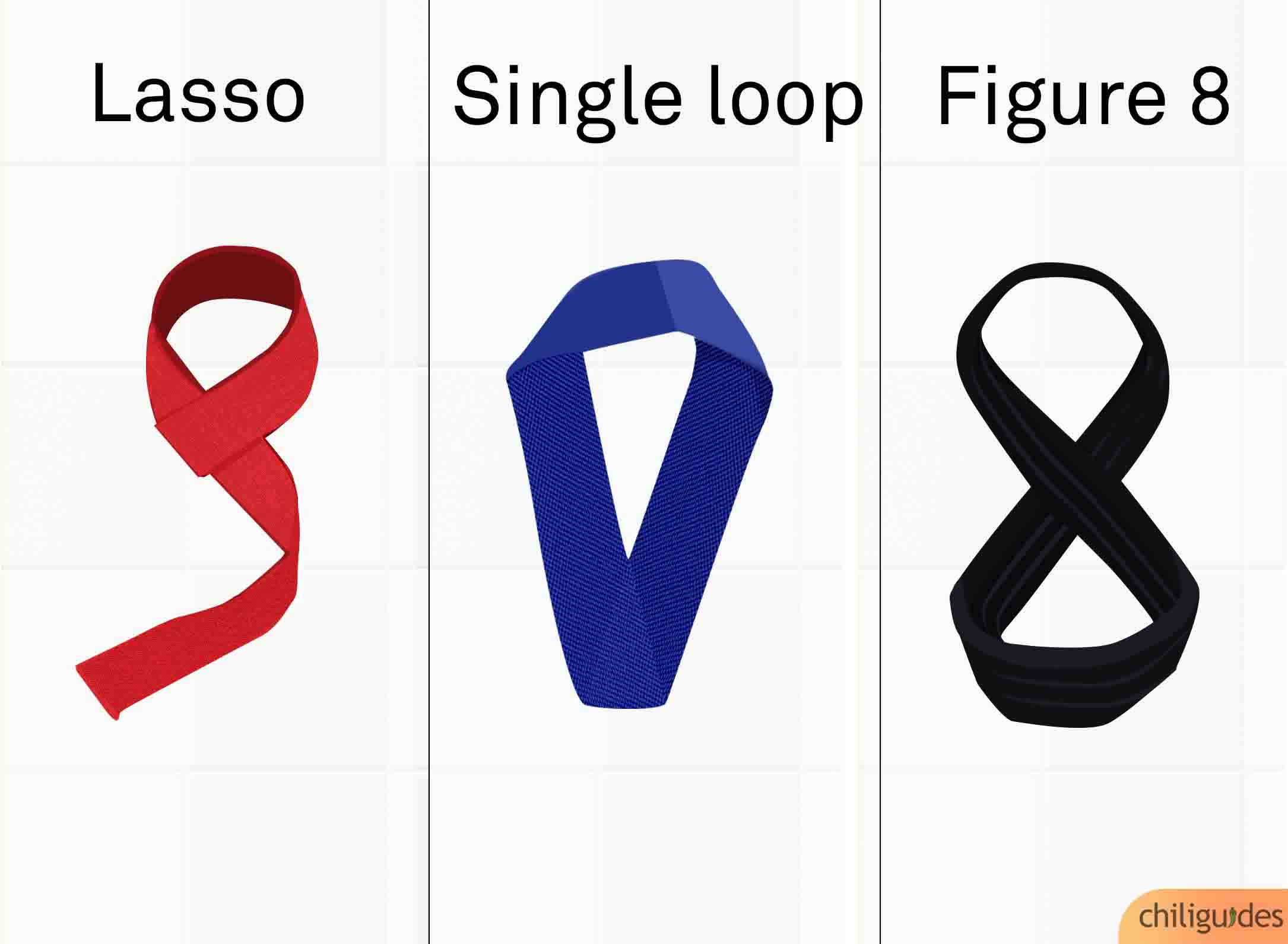


- The Lasso is the most commonly used strap. It is very versatile and is the best choice for bodybuilding workouts that incorporate a variety of back exercises. However, lasso straps are not suitable for clean and jerk type exercises as they do not release the bar quickly.
- Single loop straps offer minimal support but are great for Olympic weightlifting and clean and jerk type exercises as they let you instantly release the bar.
- Figure 8 straps are thick straps that have two large loops to let you secure the bar to your wrist. They are excellent for strength training and heavy pulling exercises like deadlifts.
Choose cotton for comfort, nylon for quick release, and leather for stability.



- Cotton straps will feel the most comfortable against your skin and are also effective at absorbing sweat.
- Nylon straps aren’t as good at absorbing sweat as cotton but work well for Olympic weight lifting as they are durable and can quickly release the bar.
- Leather straps provide the most stability and are the easiest to roll into place. Nonetheless, they take a while to break in and are not as forgiving on the skin as cotton and nylon.
Additional Considerations.
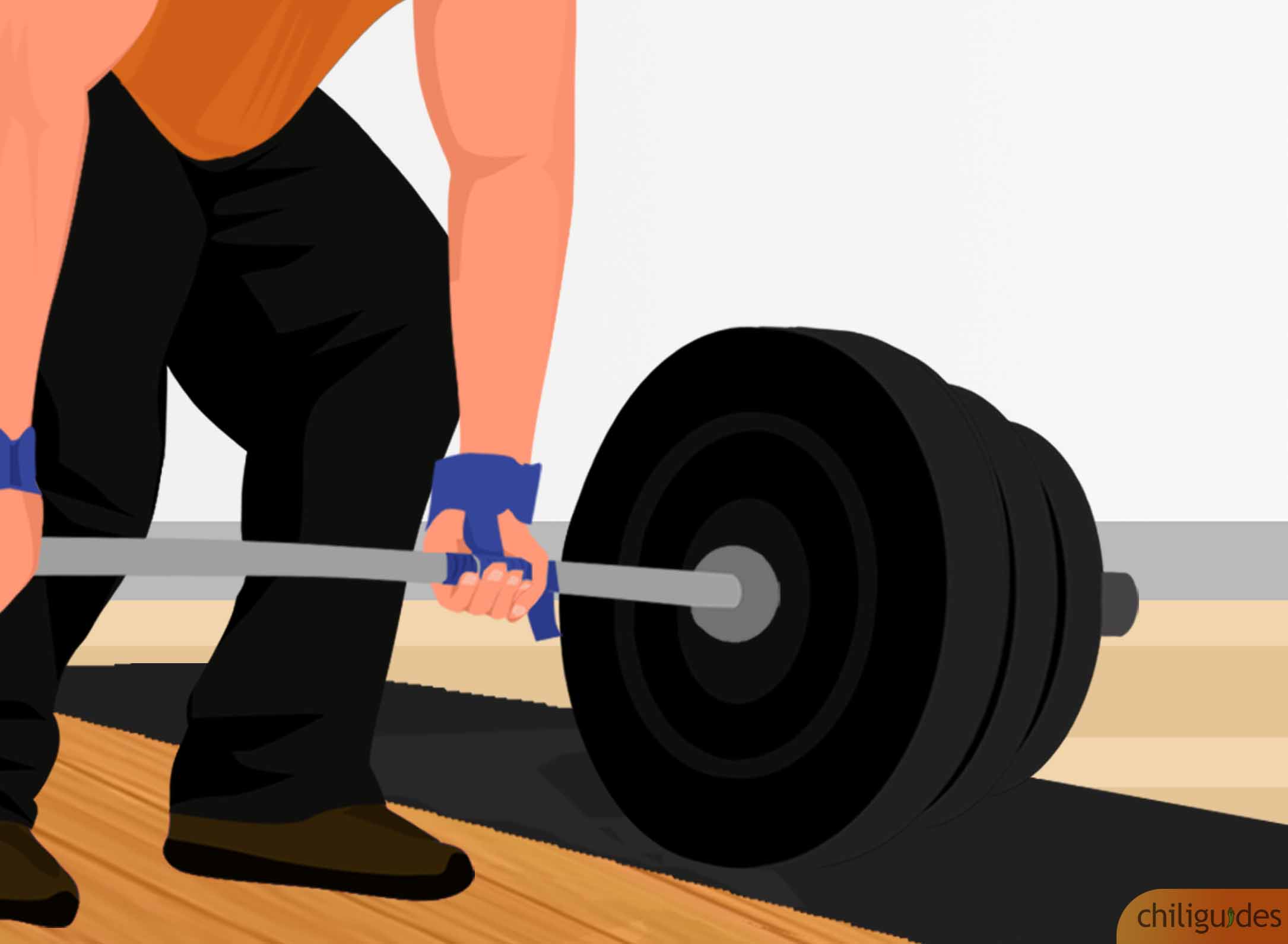


- To ensure the straps are durable, see that they have firm stitching and do not feel stretchy. Stretchy straps lose shape quickly.
- Additionally, any strap, besides leather, should have a textured feel to increase friction so that the bar doesn’t slip out of your hands.
Top Picks



Best Lifting Straps For Deadlifts
Serious Steel Fitness Figure 8
For $23.99
- Tested to pull up to 1,000 lbs
- Reinforced stitching and thick material
- Warranty for 1 year
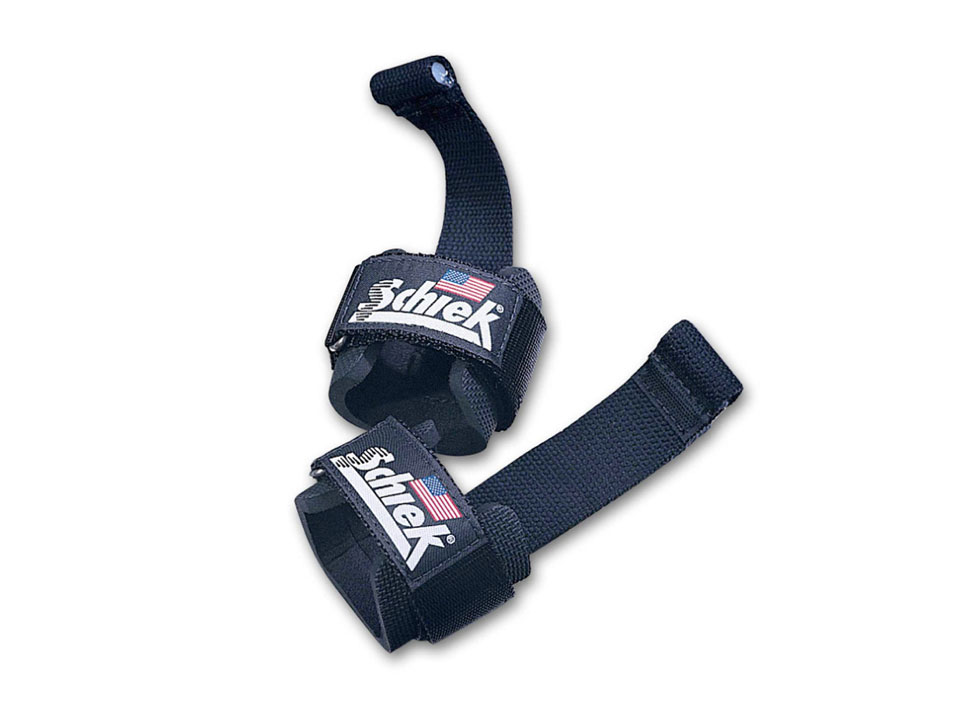


Best Lifting Straps For Strongman Athletes
Schiek Sports Lifting Strap
For $24.95
- Considerable wrist support
- Triple stitching to ensure durability
- Effective sweat absorption
- Slightly overpriced
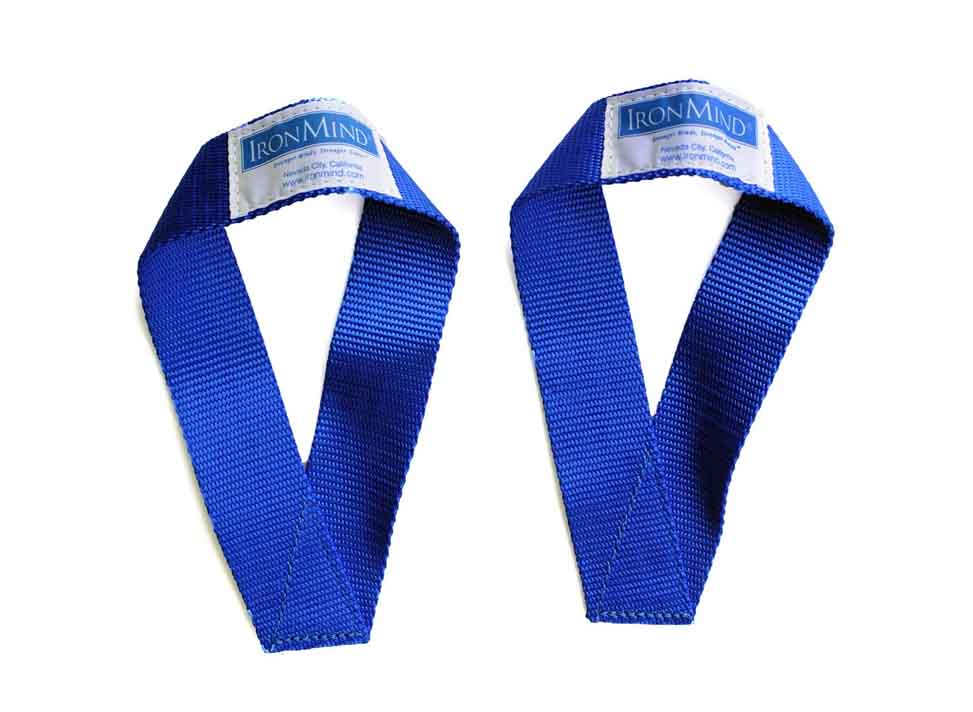


Best Lifting Straps For Olympic Weightlifting
IronMind Sew-Easy
For $18.95
- Easy to use
- Quick release
- Lightweight and comfortable
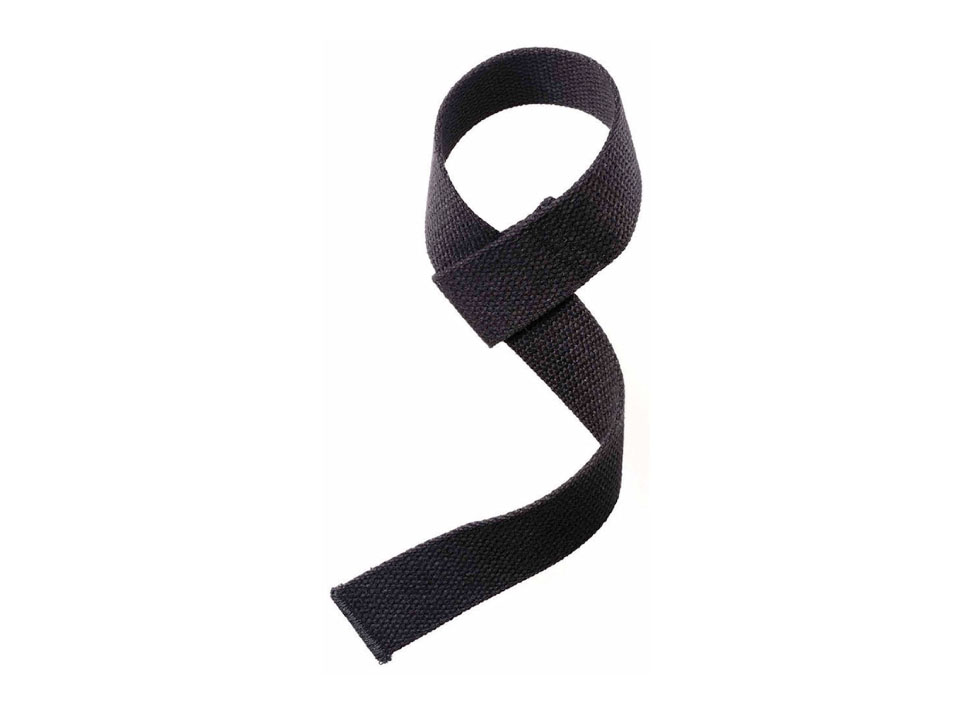


Best Lifting Straps For Bodybuilding
Harbinger 21501 Heavy Cotton
For $7.26
- Inexpensive pricing
- Versatile utility
- Remains stable throughout the movement
- Width can be too wide for some people
Common Questions
Q:How do I use weightlifting straps?
You should use weightlifting straps when you’re doing any heavy lifting exercise for which you need extra strength. There are multiple ways to tie the straps around your hands, and the most common technique is:
Wrap them like a cuff so that the back of the strap is on the base of your wrist. One end of the strap should go over your palm, between your thumb and the forefinger. Wrap this end over the barbell that you will lift.
Q:Should I use weightlifting straps every time I exercise?
No. You should use the weightlifting straps sparingly. Only use them when you lift near your one-rep max, when you need extra support. Sustained use of the straps will cause your muscles to get used to the added support and will weaken your wrist and forearm muscles in the long run.
Q:Which exercise should I use weightlifting straps for?
These are the exercises that you can use weightlifting straps for:
- Deadlifts
- Romanian Deadlifts
- Partial deadlifts
- Shoulder rotations
- One-arm/ Two-arm dumbbell rows
Q:How do I clean the weightlifting straps?
You can wash your weightlifting straps in a sink in warm water. Apply a couple of drops of mild detergent to get rid of the dirt and odor. You could also put them in a washing machine but only use the gentle cycle.
Q:How are weightlifting straps different than gloves?
Weightlifting straps help you to lift heavier weights by providing stability and balance. You loop the straps around the bar, which prevents it from slipping. The added support makes lifting heavy weights easier.
Lifting gloves are used mainly to ensure a steady grip on the barbell/dumbbell. Their other use is to help prevent blisters and calluses that may arise from heavy lifting.
Q:Will I compromise on grip strength if I use weightlifting straps? Is using straps considered “cheating”?
You use weightlifting straps during heavy exercises like deadlifts. When you are training your back, it is okay to use the straps to lift better. You are targeting your back, not your forearms. You can work on your grip separately by doing various forearm exercises. So, you’re not cheating if you’re using them for lifting better. However, only use them when they’re absolutely needed. Do not wear them every time you lift, as you will compromise your wrist strength in the long run.
Q:Are weightlifting straps similar to wrist straps?
Yes, both are the same. Wrist straps, or weightlifting straps, are used when your grip fails. They do not protect your wrist but increase the weight you can lift. In exercises like barbell rows, chin-ups, or deadlifts, your grip might fail you. Wearing wrist straps will secure your grip on the bar so that you can work your targeted muscles.
Online Sources:
- http://barbellpursuits.com
- http://barbend.com
- https://sportlifeadviser.com/best-weight-lifting-straps-buyers-guide/
- https://advancedweightlifting.com/blogs/weightlifting/choosing-the-right-lifting-straps-10-best-weightlifting-wrist-straps-2018-10-best
- https://www.fitandme.com/best-lifting-straps-reviews/


2 Comments
06/08/2020
thanks for sharing this post. Glad I came across this valuable article.
07/19/2021
You’re welcome. We’re glad you liked it!